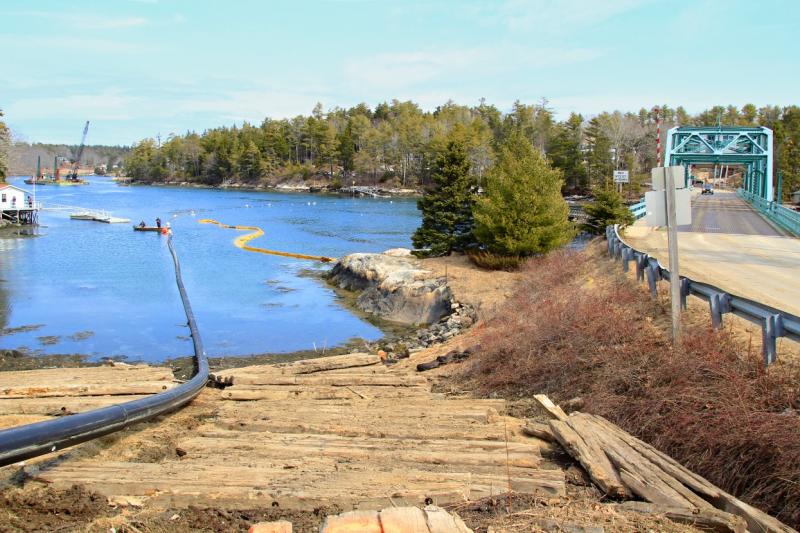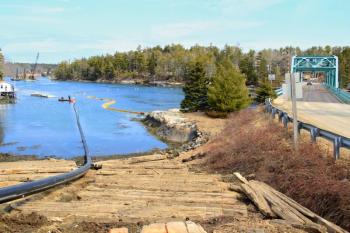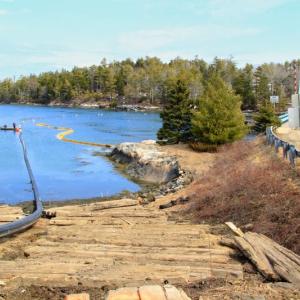Water, water, everywhere, but not without a fee
When the town of Southport merged with the Boothbay Region Water District, taxpayers knew that the public utility would come with a price tag.
What they didn’t know was what exactly that price would be.
Jon Ziegra, manager of the Boothbay Region Water District, estimated that it would cost Southport roughly $72,000 to $75,000 in annual fire protection fees. That figure, which is regulated by the Maine Public Utilities Commission, is approximately $30,000 dollars higher than what Southport taxpayers paid on an annual basis before merging with the water district.
According to the Southport selectmen, when the idea to merge with the water district was first discussed in public hearings in 2012, no one said that it was going to be cheaper than what the town was already paying toward the now defunct Southport Water System.
After voters from Southport, Boothbay and Boothbay Harbor approved the merger, a plan was put into place to upgrade the island’s infrastructure. According to Selectman Gerry Gamage, higher annual fees were to be expected all along knowing that it would result in better fire protection.
“We assessed a fee for fire protection and it really wasn’t firm until the infrastructure was in the ground and we had the numbers,” said Gamage, who also serves as the town’s fire chief. “But yes, we knew something was coming.”
The upgrade is officially known as The Southport Interconnection and Water Replacement Tank Project. It will link public water mains from “Four Corners” intersection in Boothbay Harbor across Townsend Gut, up through the Plummer Road and down Route 238 to the Cross Road.
Southport will be upgraded from a two-fire hydrant town to having fire hydrants, installed every thousand feet or so along the eastern and central parts of the island. Additionally a 500,000-gallon standpipe is being built to replace the island’s much smaller storage tank. By late 2015, the water district will be able to provide much of the Boothbay region with a million gallons of fire protection to its 3,120 customers.
“We’re making a considerable investment to Southport,” Ziegra said. “When this project is complete, (Southport) will have sustainable fire-flow, so they are expected to pay their portion of the fire protection fees.”
Fire protection fees are based largely on infrastructure, Ziegra said. Boothbay Harbor, which has the most fire hydrants and customers, currently pays $471,612 per year. The town of Boothbay pays $245,642 per year. When Southport’s upgrade is complete, the town is estimated to pay approximately 10 percent of the total fire protection fees spread amongst the three towns. Southport’s inclusion will effectively reduce the other towns’ total cost share.
Another benefit that comes with improved fire protection is that living within 1,000 feet of a fire hydrant can have a serious insurance break, Gamage said.
Southport homeowners will have the option to connect to the water district by paying a hookup fee that varies depending on the location of one’s house in proximity to the water main.
The formula for calculating Southport’s fire fees won’t be finalized until the water district completes what is known as a “rate rating,” and then subsequently files for a rate amendment with the MPUC.
In the meantime, Ziegra said the Southport construction carries on with the goal of getting a lot of the project buttoned up by the time the summer tourists arrive.
“We’ve been up front with people,” Ziegra said. “There’s going to be a lot of dirt, mess and noise inconvenience. But we’re doing it the best we can, and trying to get it done as soon as possible.”
Event Date
Address
United States


























